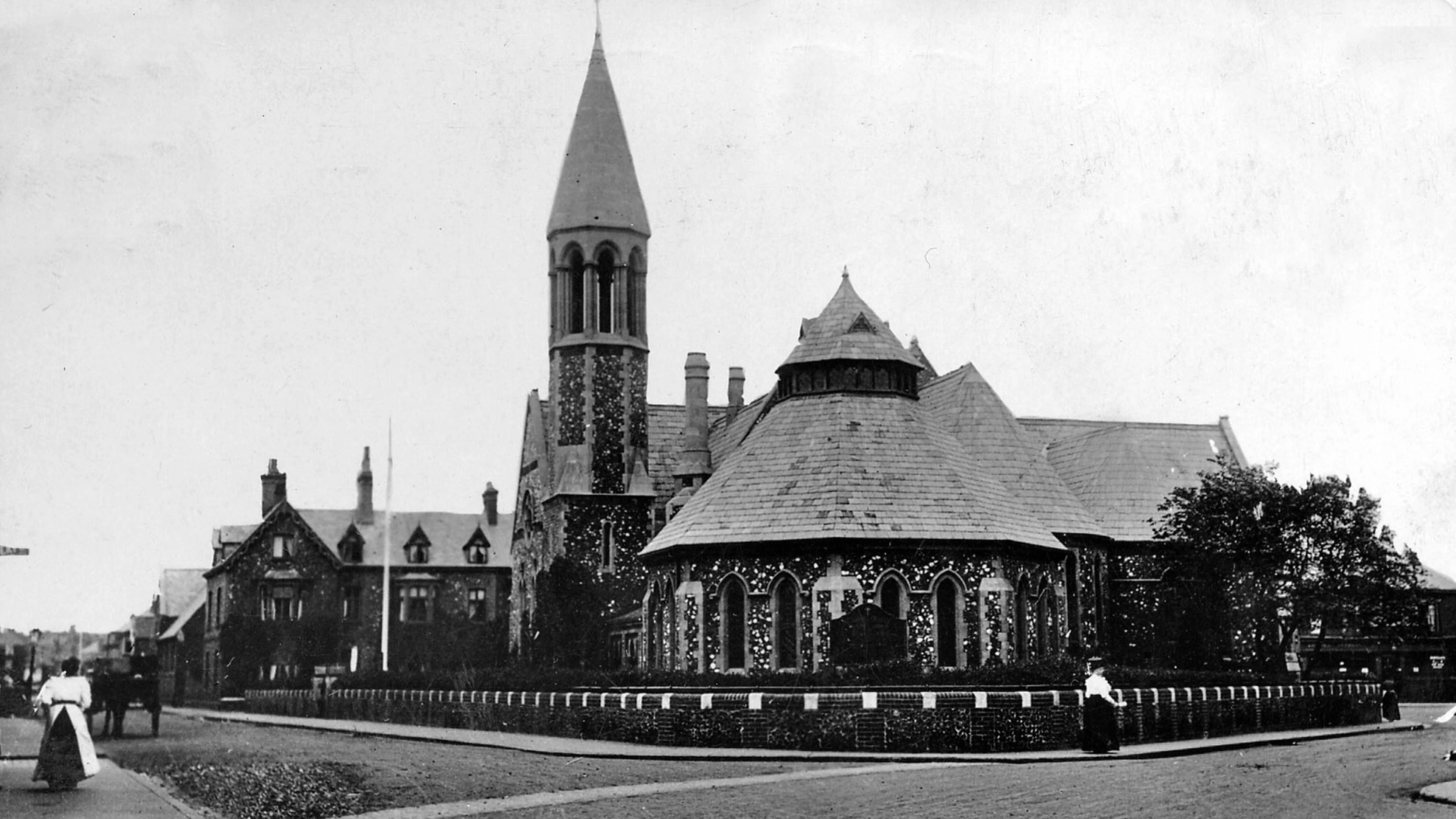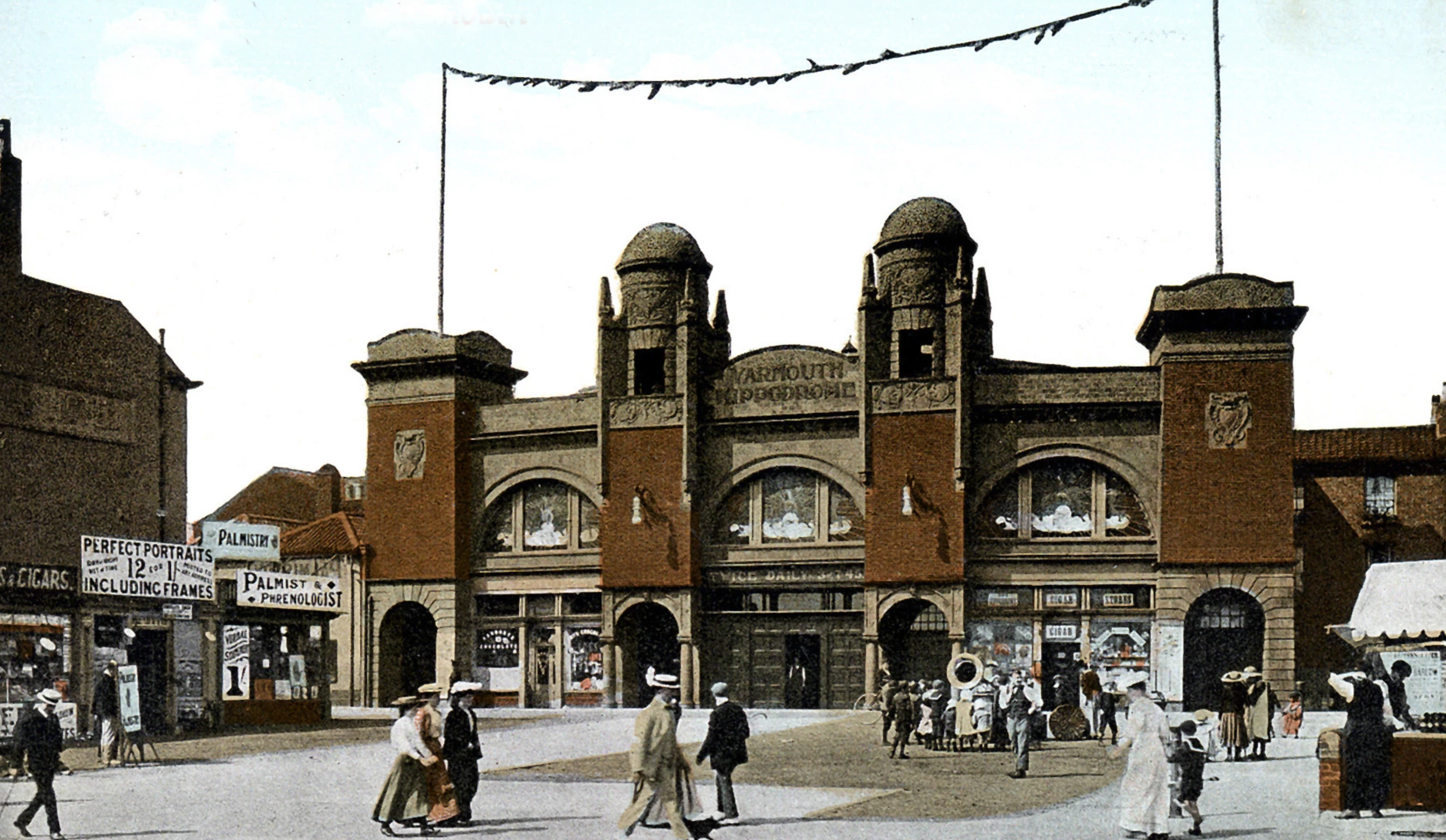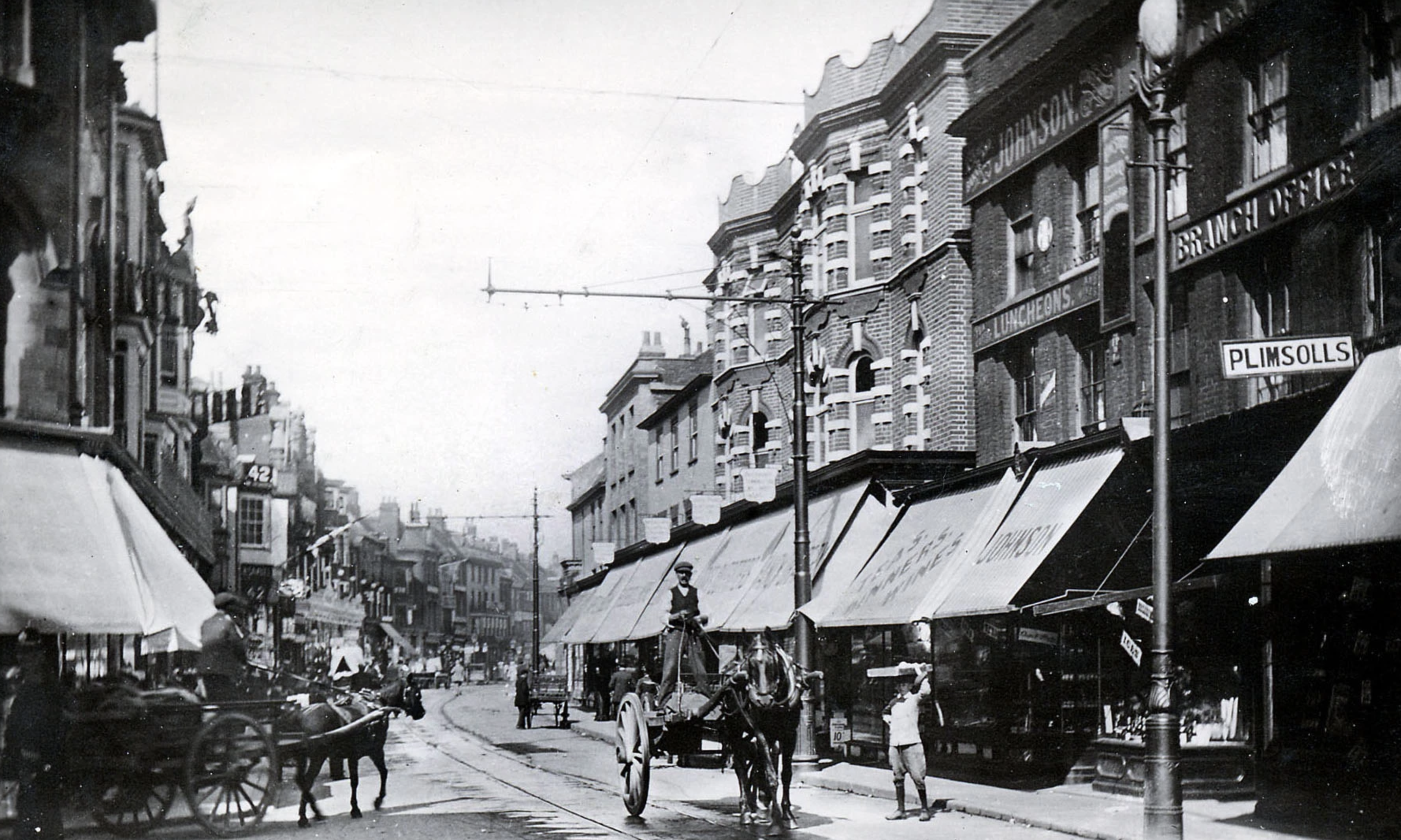Augustinian Priory Cell 1310-1536

Site of. Now the Friend’s (Quaker) Meeting House, Howard Street. Quaker House 1694 to present time.
The Friends’ Meeting House was originally constructed as an Austin Friary in 1339, as a cell, or daughter friary of the Austin Friary at Little Yarmouth, now part of Gorleston. The order to which the friars belonged was the order of the Hermit Friars of St. Augustine. Friars such as the Dominicans, Carmelites, Franciscans and Austins, were mendicants, which meant that they did not own vast estates, like the great abbeys of the order of the monks, but begged for alms. This building was probably founded as a base for alms gathering in Great Yarmouth.
The Austin Friars were founded in Italy in 1223. In 1267, the Friary at Little Yarmouth or Southtown, then in Suffolk, was established in an area bounded by Beccles Road, High Road and Burnt Lane, when King Henry III granted them protection. In 1311, William Woderove sold or donated a plot of land to the Friary. Other bequests followed.
Austin Friaries were centres of great learning and the friary at Little Yarmouth had a famous library. With their superior learning, the friars were brilliant and popular preachers, which brought them up against parish priests, who felt threatened. Indeed, in Little Yarmouth there was a dispute between the parish priests of St. Andrew’s Church, Gorleston and St. Nicholas’ Church, Little Yarmouth, and the Friary.
The Friary and its cell were dissolved as part of the suppression of the monasteries in 1536-68. The building at Great Yarmouth was first used as a warehouse, and in 1694, the Quakers purchased it from Richard Robbins, a grocer, and it became the Friends’ Meeting House, which it has been ever since.
The house was structurally altered in 1807, but it does retain some of the original stonework. On the south wall, the left jamb and part of the medieval doorway can be seen from the adjoining row, Row 63, which is called Austin’s Row, popularly known as Ostend Row. Some of the medieval stonework survives in the cellar.
Site of the priory cell



